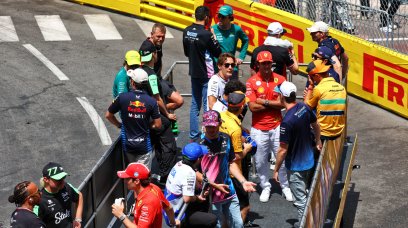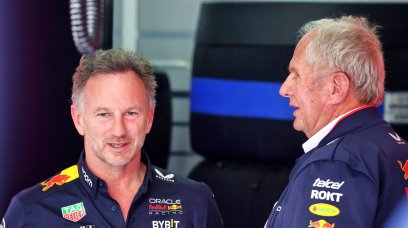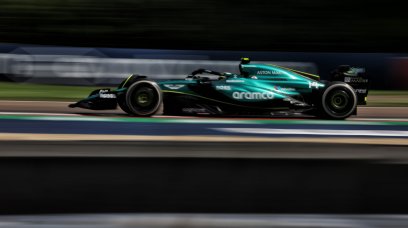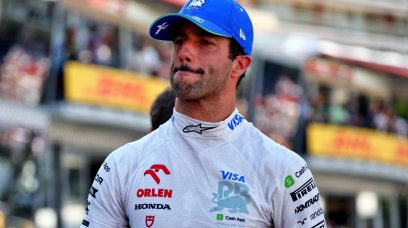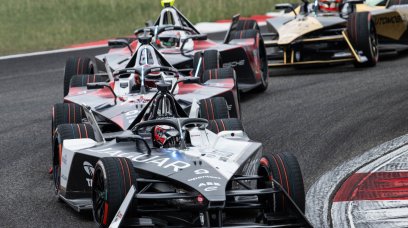To understand whether the W14 the Mercedes car for the 2023 season will be a direct evolution of its predecessor, or otherwise, it is important starting from last year’s car. This approach makes even more sense, after recent statements from Toto Wolff, about its continuity in terms of visible shape, that contrast, at least partially. The rumours supported also by sources internal to the team, that the W14, will be a conceptual revolution under many points of view. The Mercedes W13 was for most of last season a single-seater from which it was difficult to extract the potential. In practice, ever since the pre-season tests in Bahrain, when the "zero sidepod" version made its debut, it immediately became clear that the ambitions of the Brackley team would be scaled down. In fact, the main problem of that concept was its tendency towards "porpoising" (aerodynamic jolts) which prevented the team from extracting the potential that the technicians had seen in the simulations. In fact, to reduce it, it was necessary to adopt ride heights well above the ideal level, causing a serious loss of downforce from the floor. Its unpredictable behaviour persisted for a long time, on all types of tracks, while the engineers directed by Mike Elliott searched, apparently with blind obstinacy, for the performance that was missing. In reality, the choice to continue development was not stubborn, but forced by the need to fully understand the problems of the project. In fact, with a view to 2023, it would not have made sense to immediately abandon the development of the W13, without having understood the causes that made it slow and nervous. In Brackley they began to find solutions in Hungary, and from that moment it would have been possible to think about 2023. On the other hand, development continued until Austin when it had not yet been decided which path to follow for the W14, whether to make a clean break with the W13, following concepts similar to Red Bull, or maintaining its principles in terms of external lines.
The 'family feeling' between the 2023 single-seater and the previous one could be strong. However, the rear could be less tapered in favour of greater stiffness of the bottom and different management of the flows at the rear.
Recently, Toto Wolff declared that the W14 will retain much of the DNA from the previous car. The main changes will be under the bodywork, in terms of packaging, and under the floor, which will be redesigned in many areas, particularly in the sections of the Venturi channels and diffuser throat. Given these premises, the sidepod could maintain a similar conformation to the W13 with vertical inlets at the front. It seems, however, that the rear may be less tapered, for two reasons. One of an aerodynamic nature, with a flat section at the level of the rear suspension, forming a 'T' shape at the rear to increase the efficiency of the diffuser by exploiting the beam wing. The second reason is structural, in fact the large open floor space at the bottom of the W13 was particularly flexible at the ends and, to counteract the phenomenon, its thickness had been increased, at the project level, increasing the weight. This year the minimum weight has been reduced to 796Kg, giving teams a bigger challenge to lighten their cars. The gearbox will be a profound evolution of the previous one, with a different arrangement of the critical components of the rear suspension. At the power unit level, the technicians directed by Hywel Thomas, who have already fired up the engine, are convinced that the performance is in line with Honda and Ferrari. A massive effort has been made to optimize combustion in collaboration with Petronas, also improving consumption efficiency thanks to a new formulation of the fuel.
If the sides remain minimal as on the W13, they will maintain vertical openings and visible deformable structures. On the right, however, the "double bottom" version, that could instead be adopted, in accordance with the concept followed by the RB18. Note the different dimensions and supports of the mirrors.
Most read


